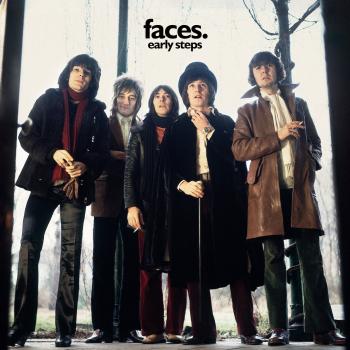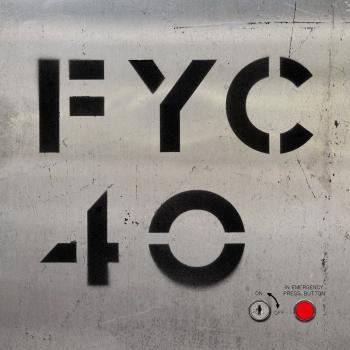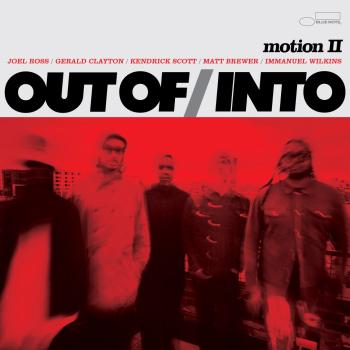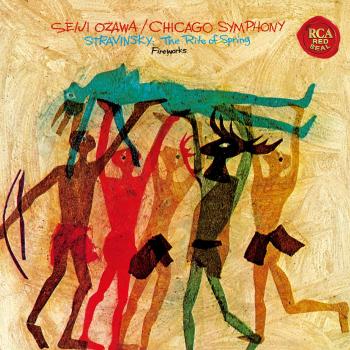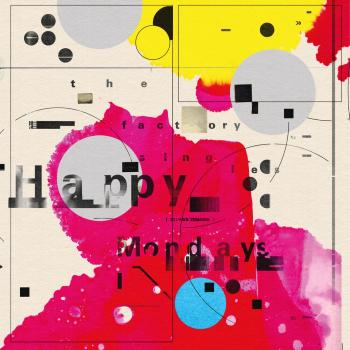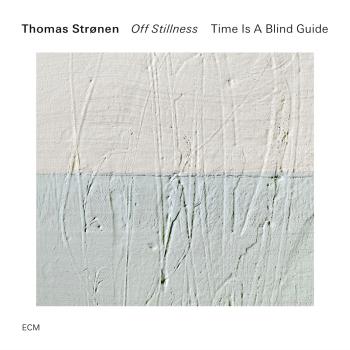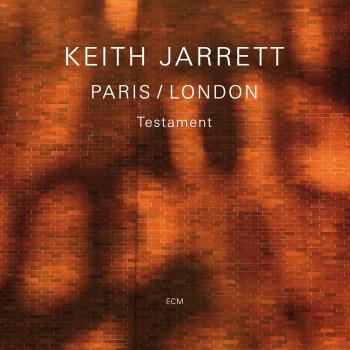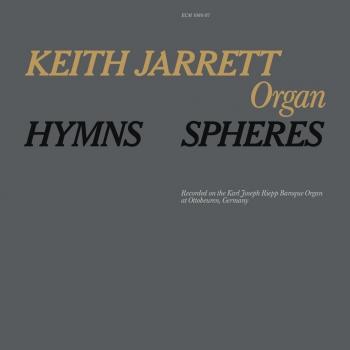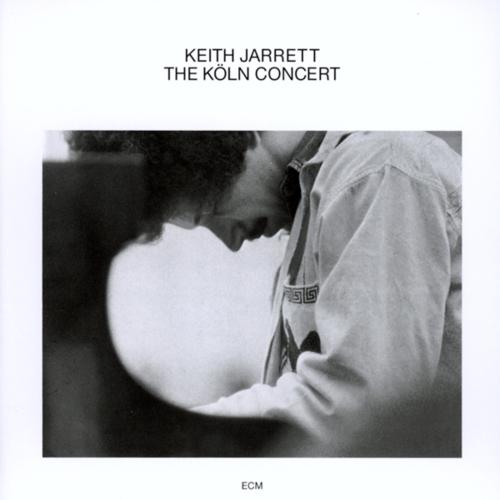
The Köln Concert (Remastered) Keith Jarrett
Album info
Album-Release:
HRA-Release:
16.02.2025
Label: ECM
Genre: Jazz
Subgenre: Contemporary Jazz
Artist: Keith Jarrett
Composer: Keith Jarrett (1945)
Album including Album cover Booklet (PDF)
I`m sorry!
Dear HIGHRESAUDIO Visitor,
due to territorial constraints and also different releases dates in each country you currently can`t purchase this album. We are updating our release dates twice a week. So, please feel free to check from time-to-time, if the album is available for your country.
We suggest, that you bookmark the album and use our Short List function.
Thank you for your understanding and patience.
Yours sincerely, HIGHRESAUDIO
- 1 Köln, January 24, 1975, Part I (Remastered) 26:15
- 2 Köln, January 24, 1975, Part II a (Remastered) 14:56
- 3 Köln, January 24, 1975, Part II b (Remastered) 19:18
- 4 Köln, January 24, 1975, Part II c (Remastered) 06:59
Info for The Köln Concert (Remastered)
THE KÖLN CONCERT, the most successful solo jazz album of all time, is an awe-inspiring work of improvisation and invention.
There is a consensus among critics, listeners and musicians alike that this, Keith Jarrett’s second solo piano concert recording (after Solo-Concerts Bremen/Lausanne), is a milestone not only of Keith Jarrett’s work, but of the entire history of jazz. Already in the year of its release, The Köln Concert was met with great enthusiasm: „The fingers are often startling, the melodies infectious, the piano arranging richly diverse, the self-propulsive rhythmic stomp sections glorious in their vibrancy“, wrote Down Beat in a five star review upon the concert’s release. Time Magazine included the album in its year’s best list claiming, “Long, intricate piano solos give a new dimension to the old art of improvisation”, while the Rolling Stone raved: “Köln is a complete solo piano concert. The classical, baroque, gospel, boogie and impressionistic strains […] have been synthesized here into a seamless whole of undeniable brilliance”, concluding, “Almost anyone should be immediately attracted to it, and that’s the really amazing thing about Jarrett.”
The producer of the ‘Köln Concert’, Manfred Eicher, describes the following experience, which led to the Cologne concert being selected for release from all the concerts on the tour at the time: ‘The day after the Cologne concert, Keith Jarrett and I drove back to Switzerland, to Baden in the canton of Aargau, again in my car. The sound engineer had copied the recording of the Cologne concert onto a cassette during the night. Keith and I had initially been dissatisfied with the sound of the instrument and the room. There was time to re-listen on the way and the music became more and more appealing, so Keith didn't need any convincing. The subsequent sound work in the studio helped even more.’
For a renowned perfectionist such as Jarrett, who was fastidious about his pianos and possessed perfect pitch, the instrument was an abomination. When he was given the news that there was no time to get a replacement piano, Jarrett threatened to cancel the show. Making matters worse, Jarrett was not in good shape. He had been suffering from excruciating back pain for several days, a result of which was a run of sleepless nights. To cap it all, his condition was exacerbated by the exhausting five-hour, 350-mile drive he made to Cologne from a concert he’d given in Zurich. Given that situation, it was no wonder that the pianist was ready to call it a day.
Thankfully, Vera Brandes refused to give in and managed to cajole and pacify the pianist while technicians spent several hours trying to make the piano playable and sound halfway decent – at least to an untrained ear. They managed to tune it, though couldn’t do much to improve its tone and timbre, which was defined by jangly high notes and a less than resonant bass register. And if Keith Jarrett thought that was bad enough, he had to contend with malfunctioning sustain pedals.
Even so, the pianist – wearing a back brace to give him extra spinal support – eventually went out on stage at 11.30pm (the concert followed in the wake of an opera performance) and battled through pain and exhaustion to give one of his most memorable concerts ever.
The Köln Concert begins with a 26-minute improvised piece – which filled up Side One of the original vinyl album – that begins in a meditative mood characterized by lucid, singing right-hand lines that glisten with a crystalline beauty (at certain points in the performance, Jarrett can be heard singing the melodies while playing). Besides jazz, the piece draws on folk, classical, Latin, gospel hymnals, and even country music, all bound together seamlessly in what could be described as the musical equivalent of a stream-of-consciousness outpouring.
The second piece of the evening (“Part II”) is even longer: a 48-minute improvisation that is spread over Sides Two, Three, and Four of the original release. It’s more urgent than “Part I,” driven by propulsive left-hand chords. In fact, one of the distinguishing characteristics of Jarrett’s performance during this part of the record is his reliance on ostinato rhythms played by his left hand, which provided a pulsing, sometimes percussive and contrapuntal accompaniment through most of the piece. According to the record’s producer, ECM boss Manfred Eicher, Jarrett’s reason for taking this approach was to compensate for the piano’s perceived shortcomings: “Probably [Jarrett] played it the way he did because it was not a good piano. Because he could not fall in love with the sound of it, he found another way to get the most out of it.”
Though the piano was not – to put it mildly – to Jarrett’s satisfaction, for those of us who don’t possess perfect pitch or aren’t pianoforte connoisseurs, the state of the instrument doesn’t impact on our enjoyment of Jarrett’s virtuoso performance. He’s a mesmerizing conjuror who, by dint of his supreme skill and super-smooth musical transitions, transports us to other worlds with his improvised piano soundscapes.
The Köln Concert wasn’t Jarrett’s first – or, indeed, last – album of unaccompanied piano improvisations, but it remains his most significant and influential. It’s doubtful whether US pianist Brad Mehldau – also noted for his extemporized solo recitals – would have made the records he did without falling under Jarrett’s spell.
Decades after the fact, The Köln Concert remains Keith Jarrett’s solo masterpiece and stands as the major highlight of both his and ECM’s recorded output. The magic created on that cold winter’s night in the winter of 1975 was never to be replicated, even though Jarrett came close with a few other live solo recitals down the years (such as 2016’s A Multitude Of Angels).
In the end, the less-than-perfect piano, which Jarrett initially thought was his worst nightmare, turned out to be a blessing and a boon rather than a curse. Such are life’s little ironies.
Keith Jarrett, piano
Digitally remastered
Keith Jarrett
At the end of 2008, Keith Jarrett added two concerts to his schedule at short notice – one at Paris’s Salle Pleyel (November 26), one at London’s Royal Festival Hall (December 1) . The music on “Testament” is from these concerts. Their range is compendious, Jarrett’s improvisational imagination continually uncovering new forms, in a music stirred by powerful emotions. In his liner notes, the pianist is forthright about the personal circumstances promoting a need to lose himself in the work once more.
He also reminds the reader/listener that “it is not natural to sit at a piano, bring no material, clear your mind completely of musical ideas and play something that is of lasting value and brand new.” This, however, has been the history and substance of the solo concerts since Jarrett initiated them, almost forty years ago . Over time their connection to ‘jazz’ has often become tenuous, yet Jarrett’s solo concerts, with the foregrounding of melody and the continual building, and relinquishing, of structure, are also removed from “free improvisation” as a genre. Jarrett’s solo work is effectively its own idiom, and has been subject to periodic revisions by the pianist. “In the early part of this decade, I tried to bring the format back: starting from nothing and building a universe.”
Since the “Radiance” album and the “Tokyo Solo” DVD of 2002 Jarrett has been adjusting the flow of the work, more often working with shorter blocks of material. “I continued to find a wealth of music inside this open format, stopping whenever the music told me to.” This approach distinguished “The Carnegie Hall Concert” (2006), and it is most effectively deployed in “Testament” , where the strongly-contrasting elements of the sections of the Paris concert in particular have the logic of a spontaneously-composed suite. The nerves-bared London performance (the first UK solo show in 18 years) is different again: “The concert went on and, though the beginning was a dark, searching, multi-tonal melodic triumph, by the end it somehow became a throbbing, never-to-be-repeated pulsing rock band of a concert (unless it was a church service, in which case, Hallelujah!).”
In the end, the improviser does what must be done. As Keith Jarrett said, a long time ago, “If you’re a rock climber, once you’re halfway up the face of the cliff, you have to keep moving, you have to keep going somewhere. And that’s what I do, I find a way.”
These days, however, Jarrett is rationing the number of ascents: there have been less than thirty solo concerts in the last decade, making “Testament” a special event indeed. Two further solo performances are scheduled for 2009 – at the Palais des Beaux Arts in Brussels on October 9, and at Berlin’s Philharmonie on October 12.
Booklet for The Köln Concert (Remastered)



